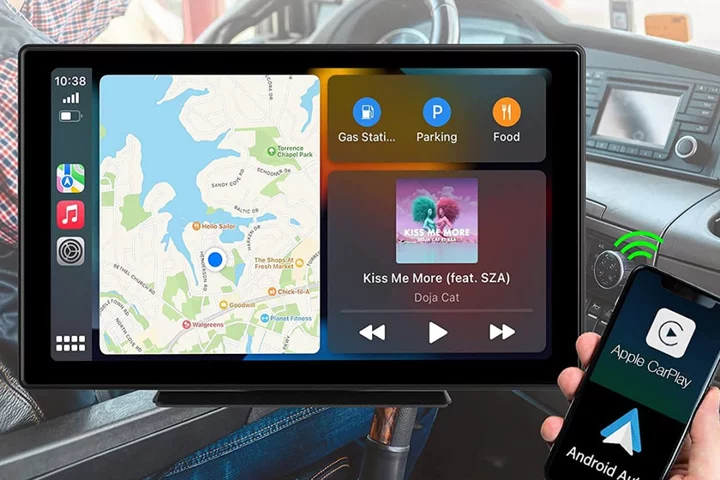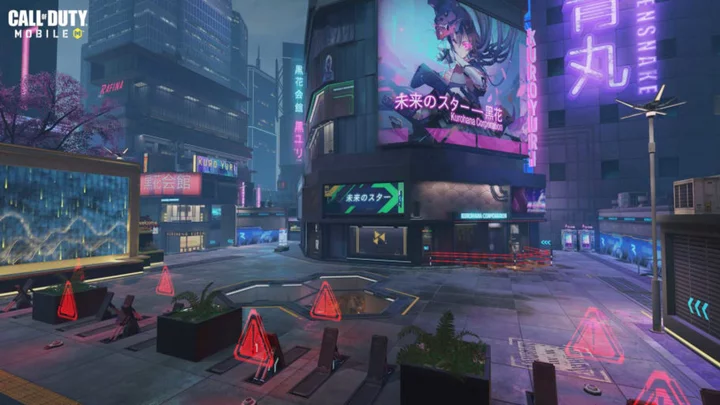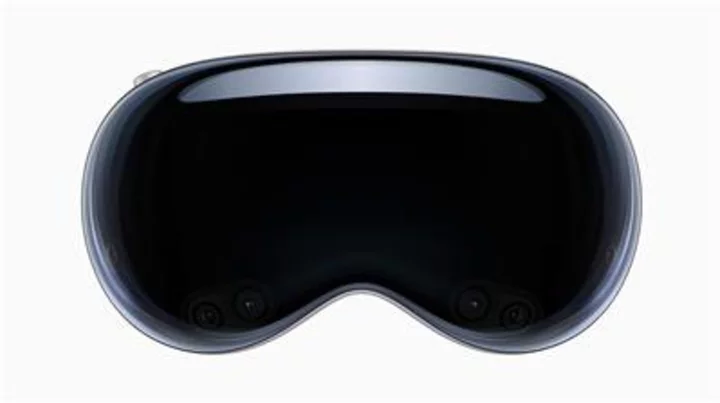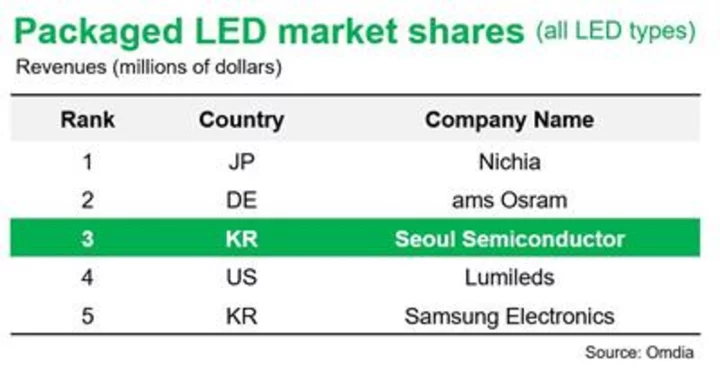
Intellego Technologies Partners With HAI Solutions for a Novel Application of Ultraviolet Photochromic Ink for an Intravenous Port Disinfection Technology to Mitigate Risk of Contamination
SOLNA, Sweden & SANTA BARBARA, Calif.--(BUSINESS WIRE)--May 22, 2023--
2023-05-22 18:21

Get a big touchscreen in your car for $104.99
TL;DR: As of August 29, the Nine-Inch Wireless Heads Up Car Display is on sale
2023-08-29 17:59

Scientists suggest doctors could be taken over by ChatGPT in near future
Robots could soon take over doctors’ jobs, according to experts. A recent study found that AI technology was able to accurately diagnose patients in a healthcare setting. Investigators found the controversial model ChatGPT to be nearly 72 per cent accurate in making clinical decisions. It was also 77 per cent accurate in making final diagnoses. It was able to come up with possible diagnoses, final diagnoses and care management decisions. The artificial intelligence chatbot was found to perform equally well in both primary care and emergency settings. Researchers at Mass General Brigham in Boston, Massachusetts conducted the study. They tested how ChatGPT would be able to work through an entire clinical encounter with a patient. This included recommending a diagnostic workup, deciding the clinical management course, and ultimately making the final diagnosis. It was tested by putting 36 published clinical descriptions into ChatGPT. Patient gender, age and symptoms were put into the language model. ChatGPT was then given further information and asked to make management decisions and a final diagnosis. This simulates the process of seeing a real patient. However, scientists also found it was less accurate - 60 per cent - at making several possible diagnoses. Co-author Marc Succi said: “Our paper comprehensively assesses decision support via ChatGPT from the very beginning of working with a patient through the entire care scenario, from differential diagnosis all the way through testing, diagnosis, and management. ”No real benchmarks exist, but we estimate this performance to be at the level of someone who has just graduated from medical school, such as an intern or resident. ”This tells us that LLMs in general have the potential to be an augmenting tool for the practice of medicine and support clinical decision making with impressive accuracy.” The research team say they will soon be looking at whether AI tools can improve patient care and outcomes in resource-constrained areas of hospitals. Sign up for our free Indy100 weekly newsletter Have your say in our news democracy. Click the upvote icon at the top of the page to help raise this article through the indy100 rankings.
2023-08-25 20:25

Biden Vows to Help Maui Rebuild After ‘Unimaginable Tragedy’
President Joe Biden toured areas of Maui devastated by recent wildfires and where hundreds of people are still
2023-08-22 08:26

How to unblock Netflix India for free
SAVE 49%: Access Indian Netflix from anywhere in the world with ExpressVPN. A one-year subscription
2023-09-02 12:22

COD Promo Codes September 2023: How to Redeem
There are no new Warzone promo codes, but fans can redeem COD Mobile promo codes for September 2023. Check out all the Call of Duty: Mobile codes for September 2023.
2023-09-06 03:29

Save $45 on an Amazon Fire HD tablet at Best Buy until August 5
Save $45: As of August 4, the Amazon Fire Tablet HD (32GB, 8-inch) is on
2023-08-05 04:25

Lyft Will Discontinue Pooled Rides
Lyft Inc. is officially discontinuing shared rides, the latest change the ride-hailing company’s new chief executive officer is
2023-05-12 02:19

DeSantis defunds diversity programs at Florida public colleges
By Rich McKay Florida Governor Ron DeSantis signed a bill on Monday banning tax dollars from being used
2023-05-16 02:48

Factbox-Excerpts from G7 leaders' statement on economic coercion
Leaders of the Group of Seven (G7) agreed on Saturday to establish an initiative to counter economic "coercion",
2023-05-20 14:59

China Digs In on Ukraine and Climate Even in Xi’s G-20 Absence
China is emerging as a block on negotiations in the run-up to a meeting of Group of 20
2023-09-08 14:26

Reddit CEO: We're Sticking With API Changes, Despite Subreddits Going Dark
Despite facing protests from users, Reddit’s CEO is refusing to back down on charging for
2023-06-10 09:25
You Might Like...

Global regulators seek to crack down on decentralised finance

Introducing Apple Vision Pro: Apple’s first spatial computer

Google’s AI Chatbot Bard Gets Belated European Release

IShowSpeed accidentally leaks Rumble live stream location with Kai Cenat, fans wonder if 'he did it on purpose'

Mark Zuckerberg has lost $40 billion on metaverse, Meta results show – and he plans to lose even more

Seoul Semiconductor: Korea's Optical Semiconductor Company, Reaffirms its Third Ranking in the Global Market

Mysterious ancient engravings uncovered by drought in the Amazon

Facebook alters fact-checking controls for US users
